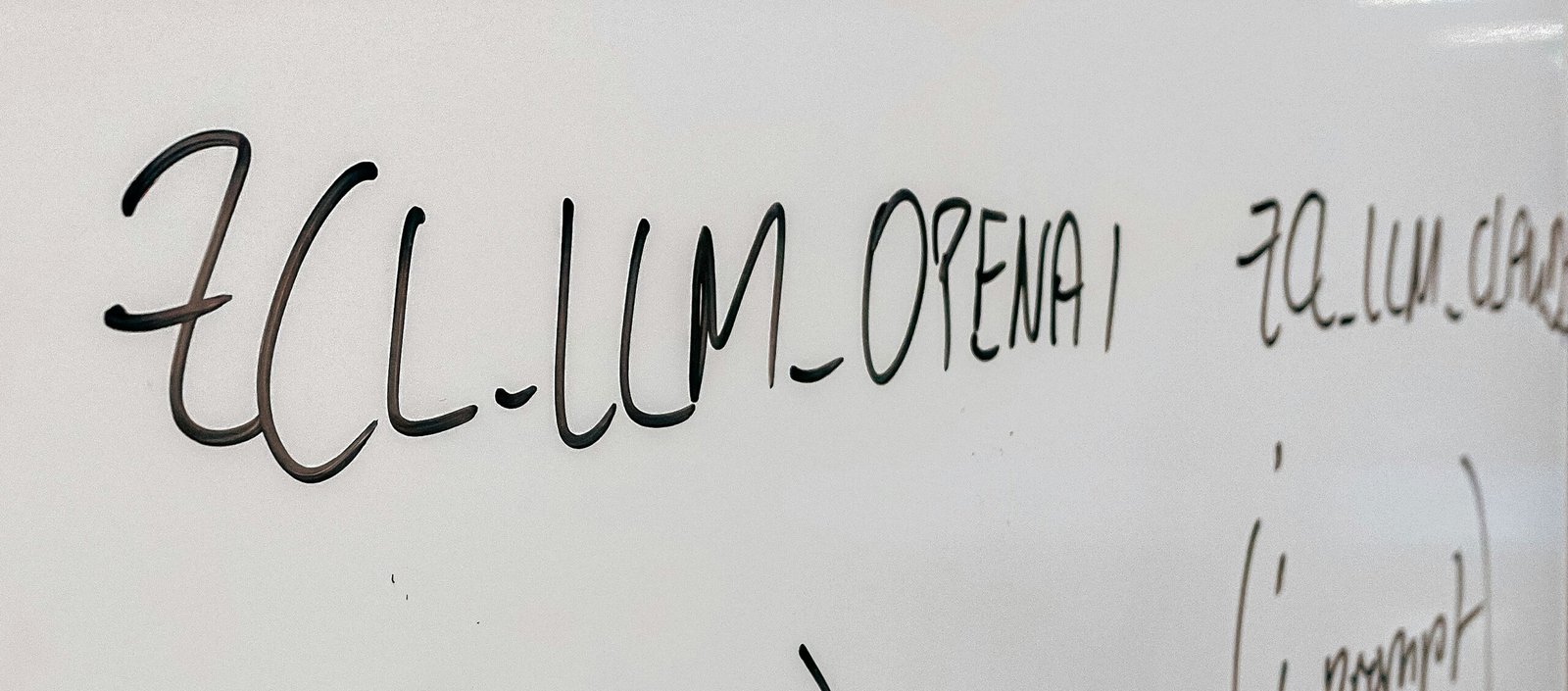Generative AI, a fascinating branch of artificial intelligence, has been making waves in recent years. With its ability to create original and unique content, it has revolutionized various industries, from art and music to design and storytelling. In this article, we will explore the concept of generative AI, its applications, and its potential impact on the future.
What is Generative AI?
Generative AI refers to the use of machine learning algorithms to generate new content that is not directly copied from existing data. Unlike traditional AI, which relies on pre-programmed rules and patterns, generative AI has the ability to create something entirely new. It uses deep learning techniques, such as neural networks, to analyze and learn from vast amounts of data, enabling it to generate original outputs.
Applications of Generative AI
The applications of generative AI are vast and diverse, spanning across various industries. Let’s explore some of its most notable applications:
Art and Music
Generative AI has opened up new possibilities for artists and musicians. It can create unique paintings, sculptures, and music compositions that reflect the artist’s style or mimic the works of famous artists. By analyzing patterns and styles from existing artwork, generative AI can generate new pieces that are both innovative and aesthetically pleasing.
Design and Fashion
In the world of design and fashion, generative AI has proven to be a game-changer. It can generate new clothing designs, patterns, and textures, helping designers explore endless possibilities. By training on existing designs and trends, generative AI can create fresh and innovative designs that push the boundaries of creativity.
Storytelling and Writing
Generative AI has also found its place in the realm of storytelling and writing. It can generate plotlines, characters, and even entire stories based on existing narratives. Authors and screenwriters can use generative AI as a tool to spark their creativity, providing them with new ideas and perspectives.
The Future of Generative AI
As generative AI continues to advance, its potential impact on various industries is becoming more evident. However, it also raises ethical concerns and challenges. The ability of AI to create content indistinguishable from human-created content raises questions about authenticity and intellectual property. Striking a balance between creativity and originality while respecting copyright laws will be crucial in the future.
Moreover, generative AI has the potential to democratize creativity. By providing tools and platforms that allow individuals with no formal training to express their artistic abilities, it can unlock a new wave of creativity and innovation. This accessibility can lead to a more diverse and inclusive creative landscape.
Conclusion
Generative AI is revolutionizing the way we think about creativity and innovation. Its ability to generate original content opens up endless possibilities across various industries. From art and music to design and storytelling, generative AI is pushing the boundaries of what is possible. As we embrace this technology, it is essential to navigate the ethical and legal challenges it presents. Ultimately, generative AI has the potential to unleash the creative potential in all of us.
For more information on the latest advancements in artificial intelligence and to explore the power of generative AI, visit rankchecker.in.
Keywords: generative AI, artificial intelligence, machine learning, deep learning, creativity, original content, applications, art, music, design, fashion, storytelling, writing, future, democratize creativity, accessibility, innovation.

